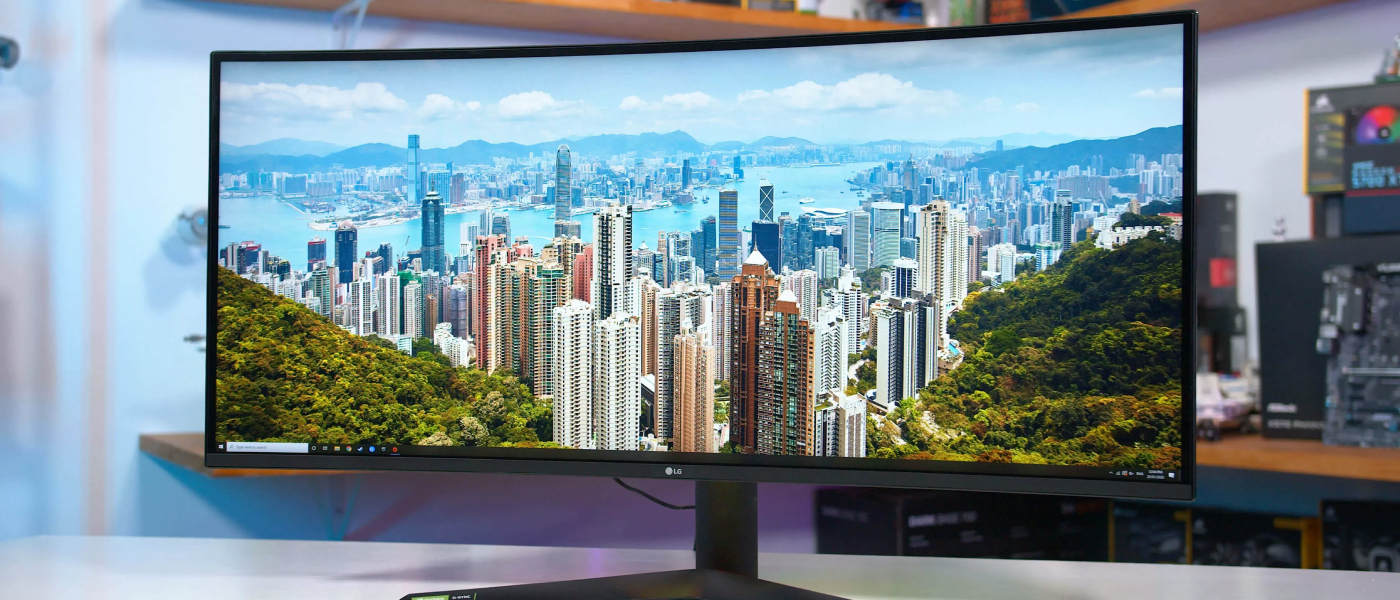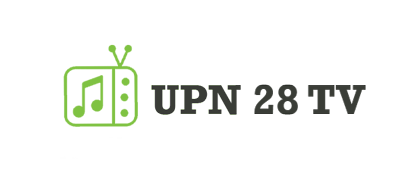
Month: January 2023
San Antonio Pest Control – IPM
San Antonio Pest Control – IPM
Our Pest Control Company practices Integrated Pest Management. IPM is a science-based pest management program that protects human health and the environment. The program must be cost-effective, socially appropriate, flexible, and results-driven. A pest management program is more than just suppressing pests. It can also educate and manage the people affected by the pest problem. Insects, plants, birds, domesticated animals, and humans coexist comfortably in urban settings. Animals and plants that become a problem are usually the results of an environmental imbalance, which allows these animals and plants to overpopulate, thus becoming pestilent. The Survival Triangle represents those three most basic needs for a living organism to survive. IPM focuses on reducing the availability of these fundamental needs within a structure or location, contributing to the pest problem. Removing one or more of these basic needs will severely weaken the pest population.
IPM Step 1: Inspection
The inspection for an established IPM program is designed to allow the IPM technician to visually examine based monitoring stations and the surrounding environment to correctly identify any situation that has occurred since the last inspection. Communicating with the clientele allows the IPM technician to become aware of possible problems and look for clues that may add to the problem.
Step 2: Proper Identification of the activity during the inspection; the technician is looking to see what has been trapped in addition to anything the pest may have left behind. Correctly identifying trapped insects and the possible presence of rodents will help in the correct treatment method needed to remove the pest problem. The technician will also be looking for structural deficiencies and any sanitation problems that may also be contributing to the overall pest activity.
Step 3: Habitat Modification – Habitat modification is the science of exclusion and repair. The simple addition of a screen over an air vent can eradicate the presence of birds, insects, and bats. Finding a hole around a pipe and cementing it can stop a rodent or roach infestation. Mosquitoes are attracted to water sources; removing the presence of water, possibly from a leaky pipe, will prevent their existence. Additionally, chalking cracks and crevices will reduce the presence of cockroaches. Regarding rodents, identifying and removing unsanitary conditions will disable and reverse the growing population. All these techniques and others can either eliminate or reduce the availability of the basic fundamental needs for a pest population to survive.
Step 4: Pesticide Usage – Habitat modification and trap monitoring are the foundation of every successful IPM program. Using a pesticide in an IPM program should be a subtle tool. The usage is site-selective, target-specific, and should be a non-volatile product that assists in the pest elimination process of an IPM program. The type of formulation chosen is generally based on the pest’s feeding habits, behavior patterns, and metamorphosis. Using a rodenticide in a tamper-resistant bait station that is placed inconspicuously in an area where rodents are feeding will help remove the rodent population while keeping people and their pets safe. Using an insecticide with a crack and crevice injector allows small amounts of insecticide to be placed into the harborage areas that host the likely insects. Using sex-sterilant may reduce an insect population by interfering with the insect reproductive development systems causing the insect population to become sterile.
Step 5: Communication and Documentation – No job is finished until the paperwork is done. A completed written worksheet and a verbal explanation of any inspection findings, corrective measures needed or used to correct the problem, documentation of any pesticide usage, and location of its use will be furnished upon competition of the pest control program. In cases where the problem cannot be performed by the technician (i.e., plumbing leak), this information will be given to the client so the problem can be corrected.

